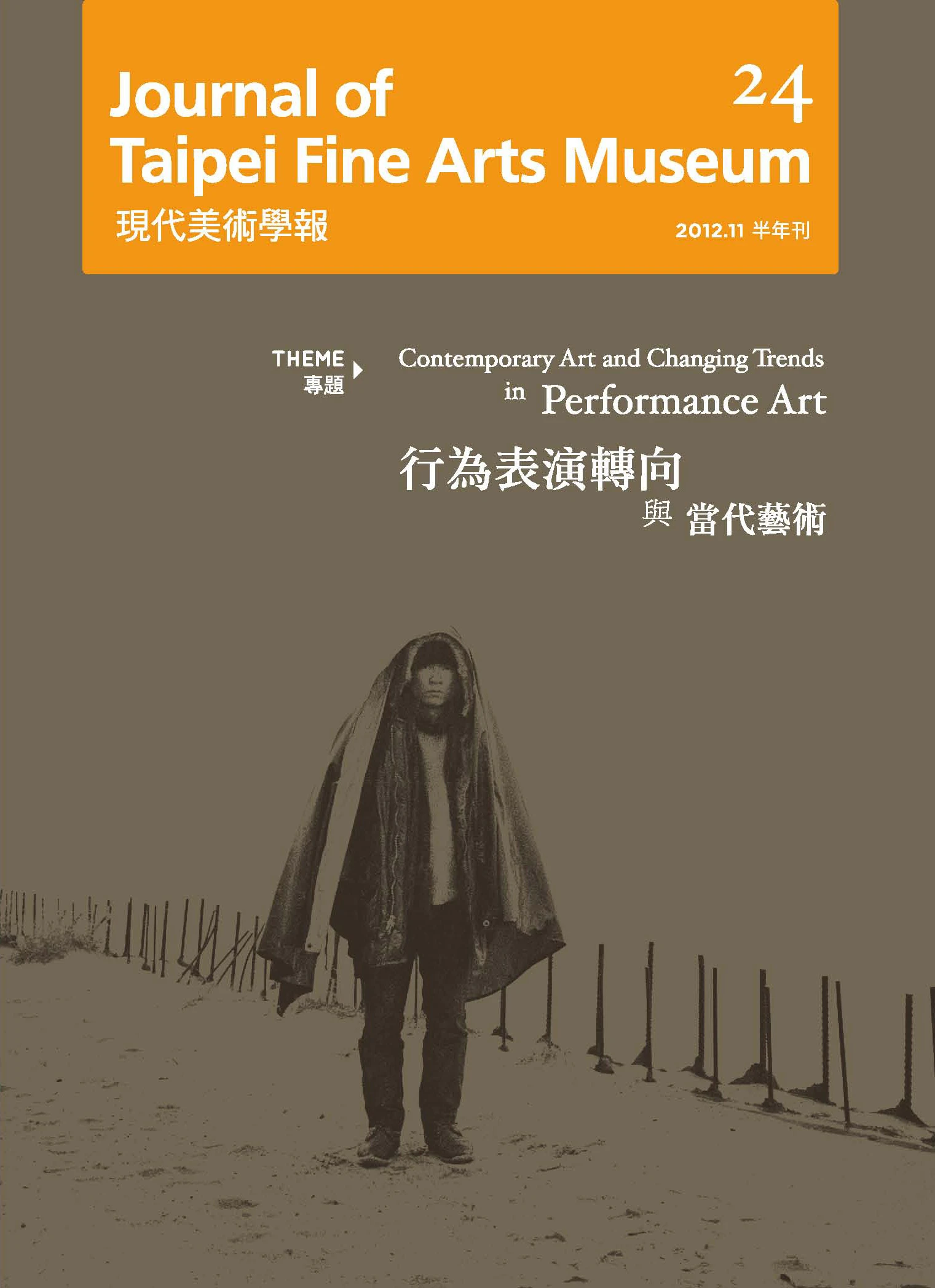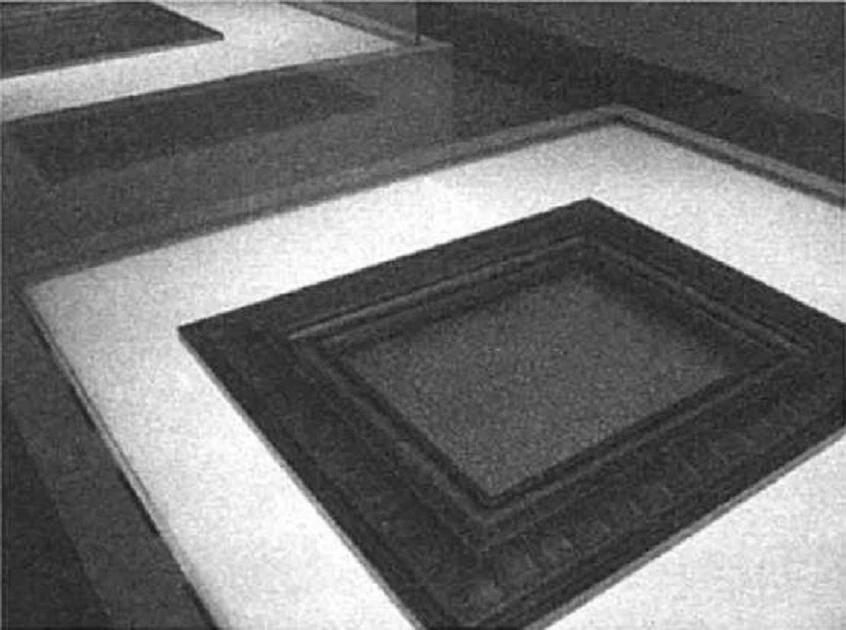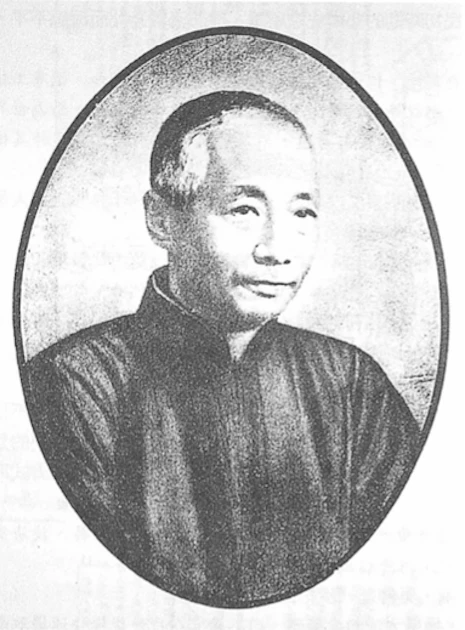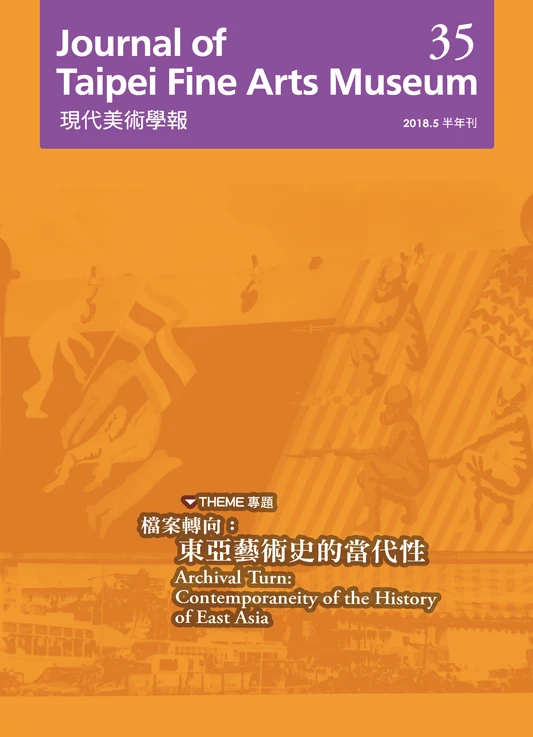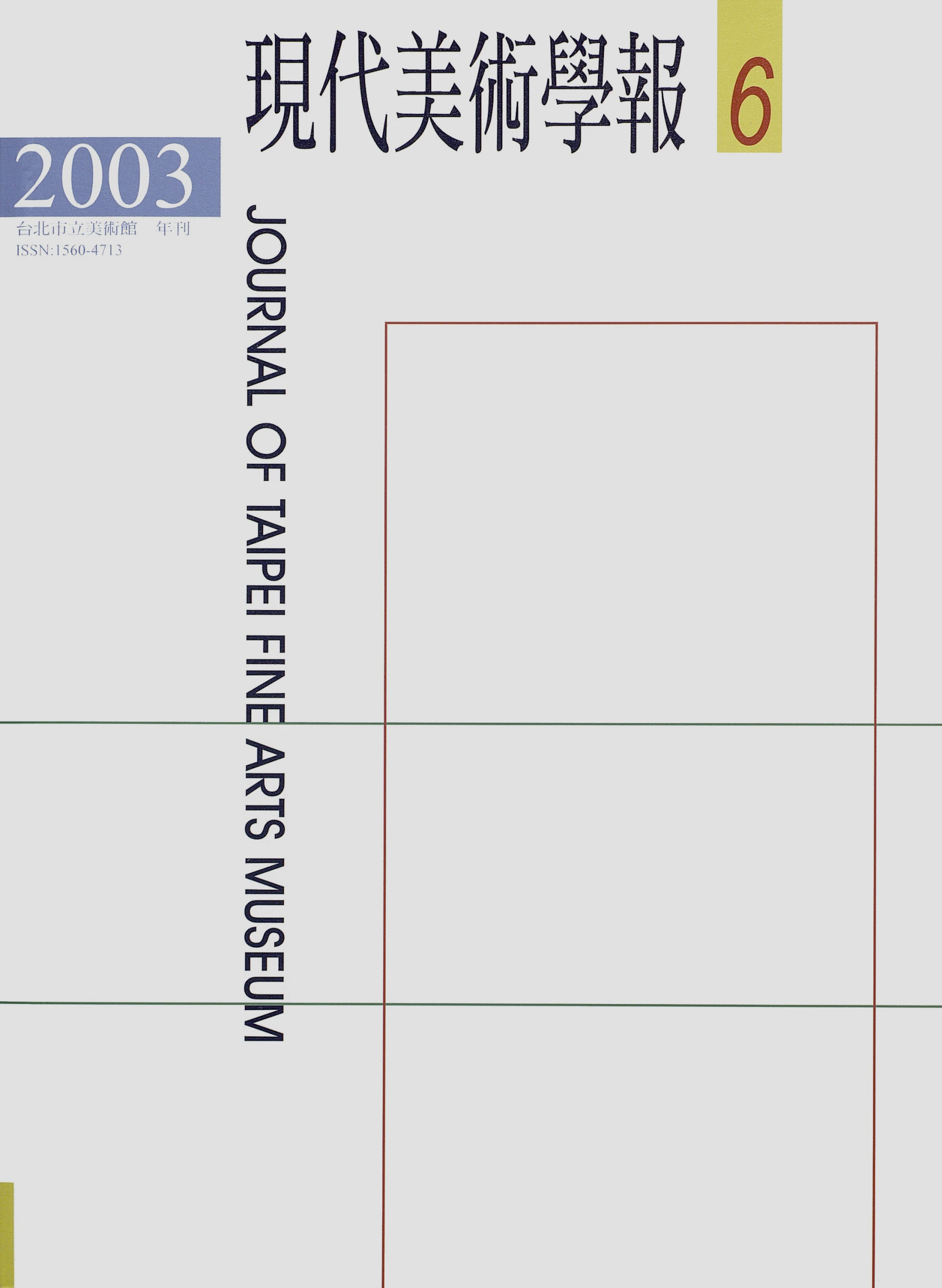摘要
20世紀中葉,由美國藝評家格林伯格所主導的形式主義藝評,強調現代藝術是一自我批評的進程,並認為每一藝術分門皆應該透過其固有的方式決定其自身固有的獨特作用,以使得各門藝術權限領域所佔據的地位更為牢靠。然而,這樣無疑將相對地使得各門藝術的權限領域變得狹小。格林伯格對於現代主義繪畫之邏輯推論,終而歸結出現代主義繪畫的唯一定向一「二維平面性」,而這樣的本質主義式繪畫標準卻導衍為美國紐約藝壇50、60年代的繪畫危機,換言之,繪畫在格林伯格所宣稱的「平面性」本質規範之中,面臨了無以為繼的窘境。
就在這樣的歷史節點上,強斯以他「視繪畫為物體」的新視野,承接、轉化了杜象現成物在繪畫史中的參考向度,一貫地踐履其「繪畫-物體」之多樣化實驗的創作脈絡。基於上述因由,本文之論軸乃在於探究:強斯在其多樣性作品中,如何以皮膜形質的介面,實踐他所關切的「表面」與「空間」之具有可延異性的多元化互動關係。並嘗試引入一不同於歐氏幾何空間的拓撲學式空間觀,為強斯創作脈絡所尋求的多樣化空間,提出一新面向的詮釋角度,進而揭示出在拓樸學式的空間寓意下,強斯作品中若隱若顯的「邊界」提問,以作為對格林伯格形式主義所衍生的繪畫問題之實踐式回應。繼而援引維根斯坦的語言哲學觀點,作為在強斯的創作脈絡下,繪畫範疇被重新議定的深層詮解。
Abstract
In the middle period of 20th century in America, the Formalistic art criticism, which led by Clement Greenberg, stressed the self-criticism progression of Modernist art. He deemed that each art had to detennine the effects peculiar and exclusive to itself through the operations peculiar to itself in order to make its possession of this area all the more secure. But by doing this, each art would surely narrow its area of competence relatively. Greenberg's inference regarding Modernist painting concluded that flatness, two-dimensionality, was the only way that Modernist painting finally oriented itself to it. Such essentialistic standard of painting resulted in the crisis of painting during the 50th and 60th in New York. That is to say, painting was confronted with the predicament which is difficult to continue while it was restricted by Greenberg’s essential criterion of flatness.
At the critical moment, Jasper Johns received the frame of reference offered by Marcel Duchamp's ready-made in the history of painting and transformed it, moreover, he took a new field of view which regarded the painting as an object and consistently practiced the multiple experiments of his creations. In view of above, the main part of this article is to investigate that how Johns manipulated the skinny form as the interface of his various works and incarnated the differentiable interactive relations between surface and space of his works. Furthermore, this article attempts to draw on the topological extensity, which is differs greatly from the concept of space of Euclidean Geometry, to propose a new hermeneutic angle for the multiple space of Johns' creations, and then reveal Johns' explorations of the borders which appear indistinctly in his works under the concept of space of topology and as the practical reaction to the crisis of painting caused by Greenberg's formalism. In the end of the context, the viewpoint of Ludwig Wittgenstein's Philosophy of Language is applied to deeply explain the reconsideration of painting as a category under the execution of Johns' creations.

